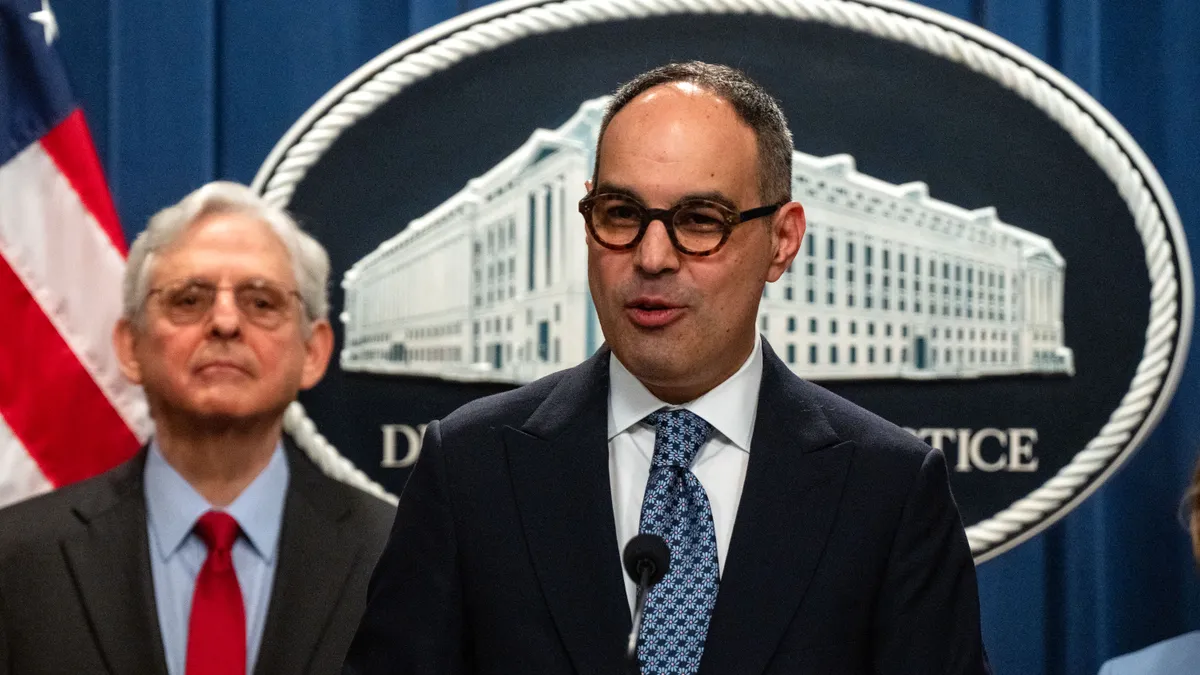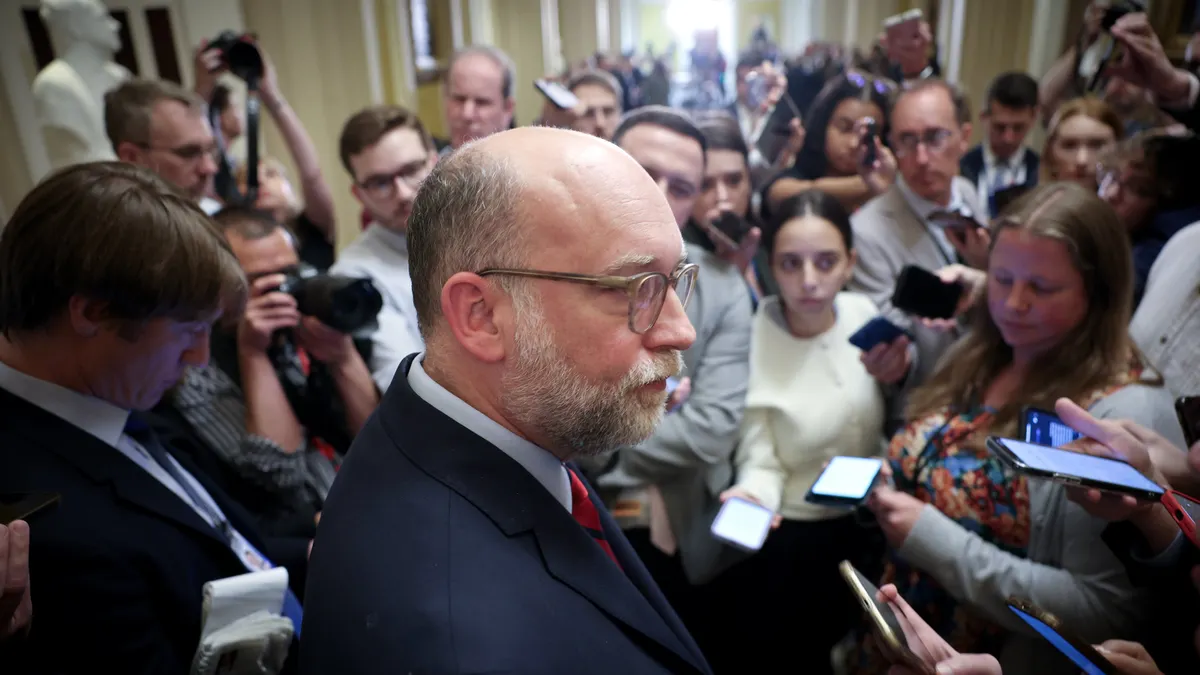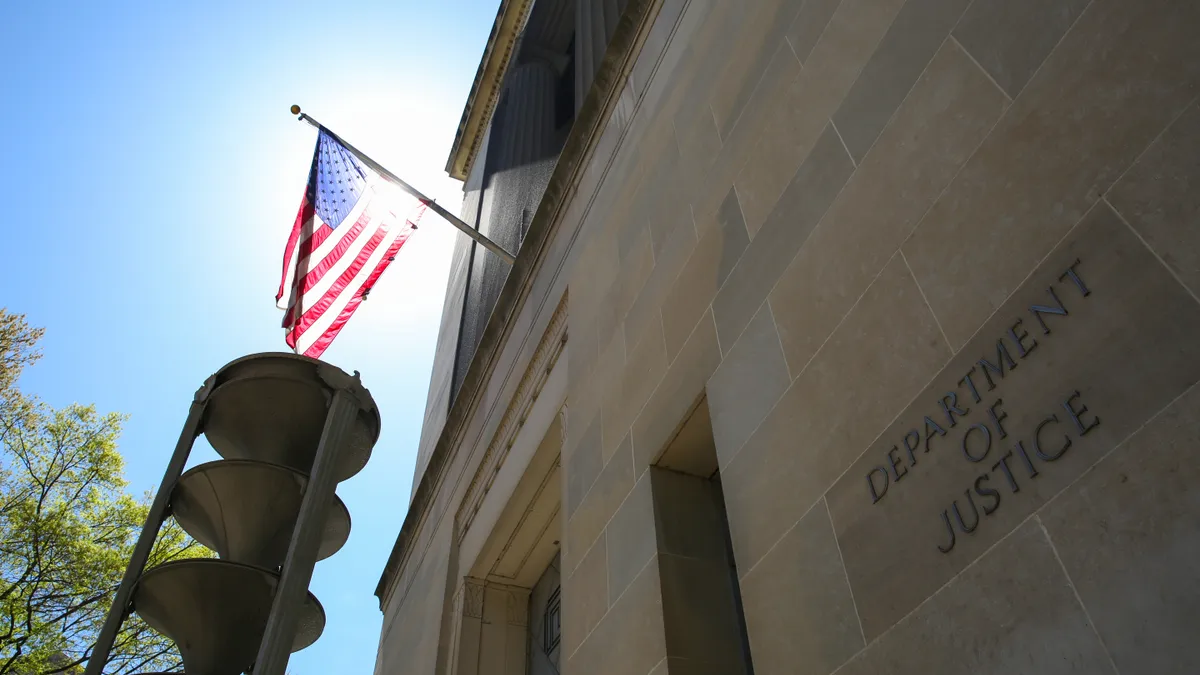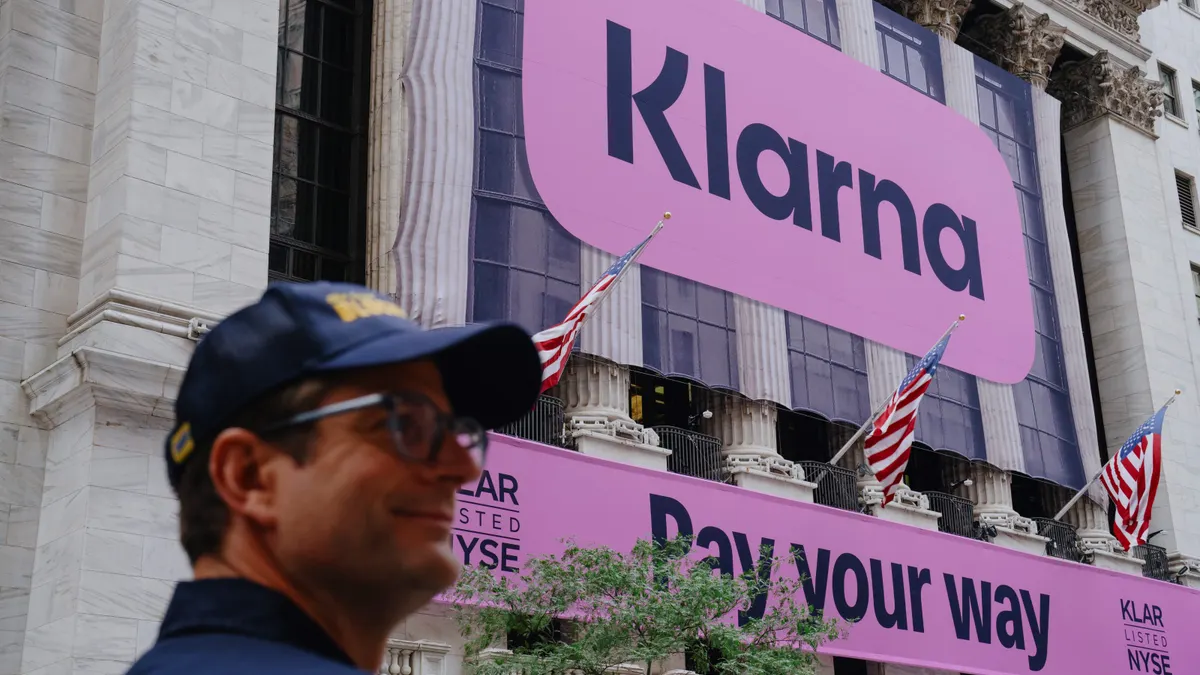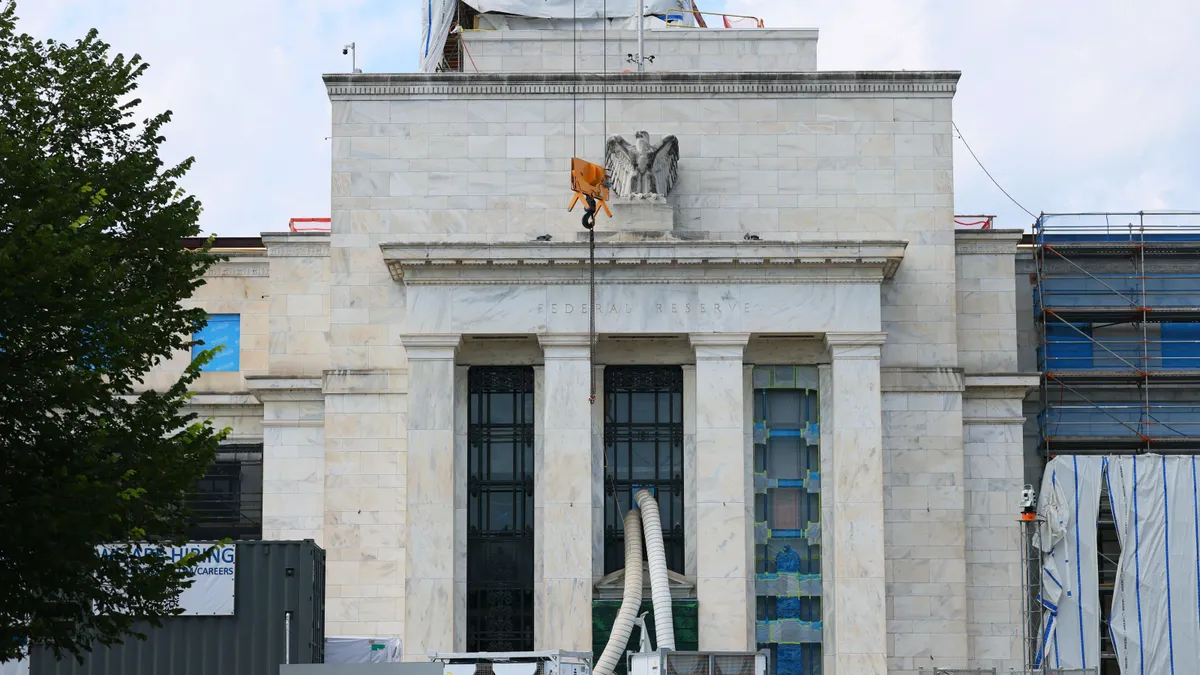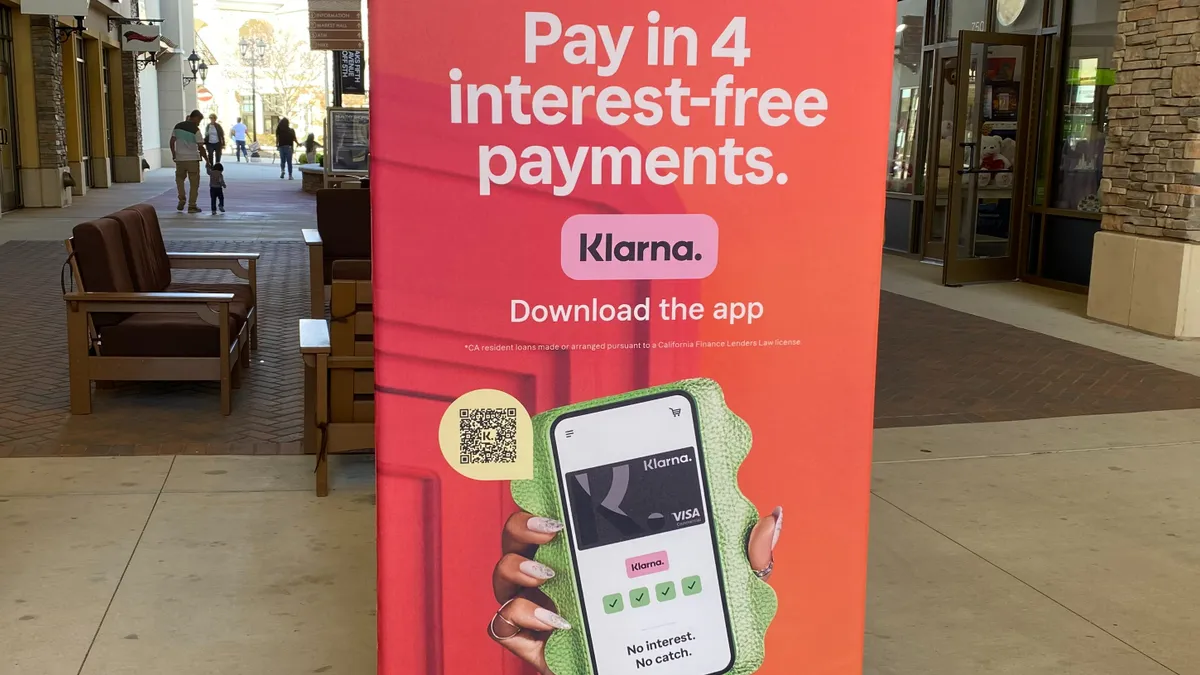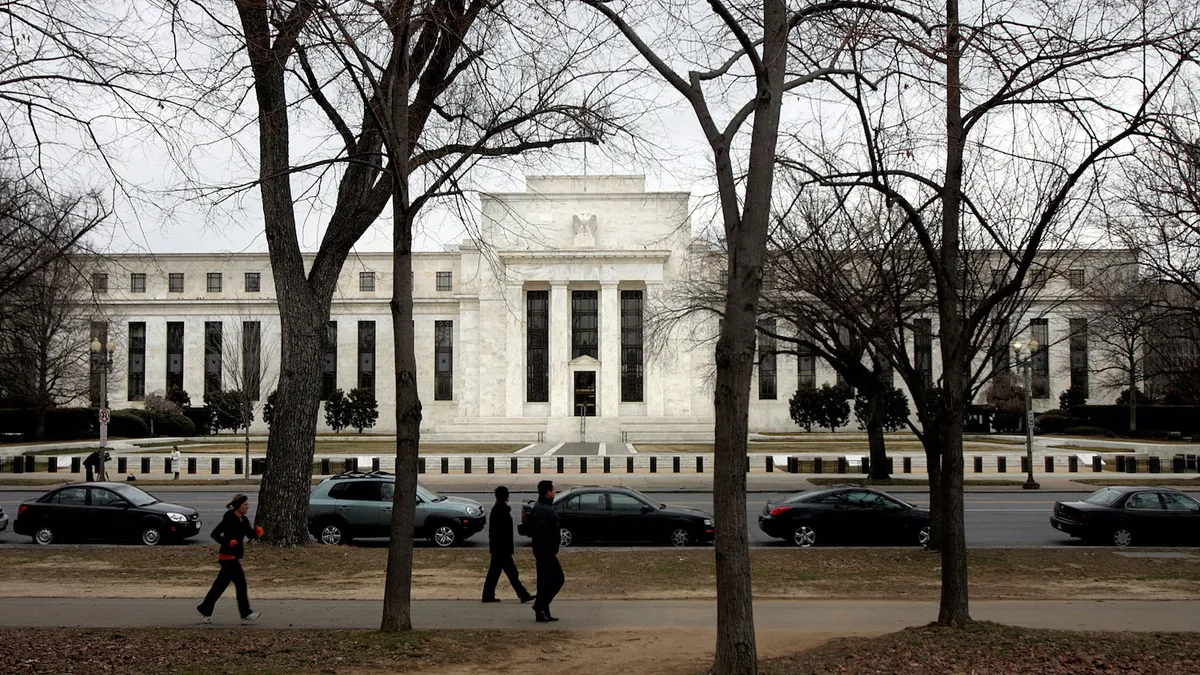The Federal Reserve is cautiously evaluating the risks that new payment technologies, such as stablecoins and central bank digital currencies, place on financial stability and the integrity of the payments system, Michael Barr, the Fed’s vice chair for supervision said in a speech Friday.
In remarks delivered at the Philadelphia Fed’s fintech conference, Barr highlighted the need for a regulatory framework for stablecoins, noting that he is “deeply concerned about stablecoin issuance without strong federal oversight.”
Here are 5 takeaways from his speech:
1. “If non-federally regulated stablecoins were to become a widespread means of payment and store of value, they could pose significant risks to financial stability, monetary policy and the U.S. payments system.”
Recognizing efforts underway by Congress, Barr stressed the importance of getting the legislative and regulatory framework right before major risks emerge.
Consistent with guidance released last month, he recommended that banks intending to embark on stablecoin initiatives obtain a written supervisory non-objection from the Fed confirming they have frameworks and systems in place to detect and control major risks, including those related to cybersecurity and compliance with anti-money laundering laws.
2. The Fed is a “long way” from making a decision on central bank digital currencies.
The Fed would only proceed with the issuance of a CBDC with support from the executive branch and authorizing legislation from Congress, he said.
The Fed is conducting research in emerging technologies that might support CBDCs, and is investigating potential opportunities, risks and trade-offs associated with emerging payments technology. The central bank, however, is still a long way from a decision on the next steps in “payment system development.”
Barr is hardly the first Fed board member to affirm the desire for backing from other reaches of government. Fed Chair Jerome Powell has consistently said much the same. And at least one former Fed official, Treasury Secretary Janet Yellen, has estimated the CBDC development timeline to the distant future, saying the technology’s design and engineering challenges would take years, not months, to sort out.
The Fed is far from monolithic, too, in its view on CBDCs. Fed Gov. Christopher Waller last October said a digital dollar could introduce costs and risks “including cyber risk and the threat of disintermediating commercial banks, both of which could harm, rather than help, the U.S. dollar’s standing internationally.”
3. The Fed’s novel activities supervision program will ensure innovation happens in a “safe and sound way” with appropriate consumer protection and AML measures, while ensuring adherence to Bank Secrecy Act and other compliance requirements.
The Fed launched a supervisory program last month to oversee activities of the banks it supervises related to cryptocurrency, distributed ledger or blockchain technology and tech-driven partnerships with nonbanks.
Cross-functional expert teams will help address any blind spots, Barr said.
“It's really important that we have interdisciplinary teams working on these sets of issues because the problems that arise are not purely the providence of economists or accountants or lawyers. They're also the providence of engineers and data scientists,” he said. “We probably need to … bring more interdisciplinary expertise to bear not just on novel programs or another program, but more broadly at the Federal Reserve.”
4. FedNow’s success will depend on efforts by private institutions.
The scale of FedNow, the instant payments system launched by the Fed in July, will depend on private-sector efforts to facilitate adoption, Barr said.
“We have provided the rails. Innovation by private depository institutions will determine whether these services reach a broad range of households and businesses,” he said, noting that he views the FedNow service as complementary to private-sector instant payment services offered today.
“While current volumes on FedNow are small, I expect that participation will grow over time and be a significant addition to, and advance on, the existing payments infrastructure,” Barr added.
FedNow’s impact could be far-reaching for low- to moderate-income households, with individuals and small businesses benefiting from timely payments, he said.
Speaking more broadly about the payments system, Barr said it should welcome competition, provide consumers with choices and “empower consumers to have better control over their financial lives, including their identity and financial data.”
5. Regulatory guardrails for innovation are necessary to protect consumers.
Barr spoke about the need for regulatory guardrails, but said they should be introduced in a way that doesn't stifle technology upgrades and product improvements.
“You want to make sure that you have guardrails in place that protect consumers and financial stability and guard against illicit finance,” he said. “You also want to make sure that your guardrails don't lock in old technology or lock in incumbents at the expense of innovation and entrepreneurship.”






